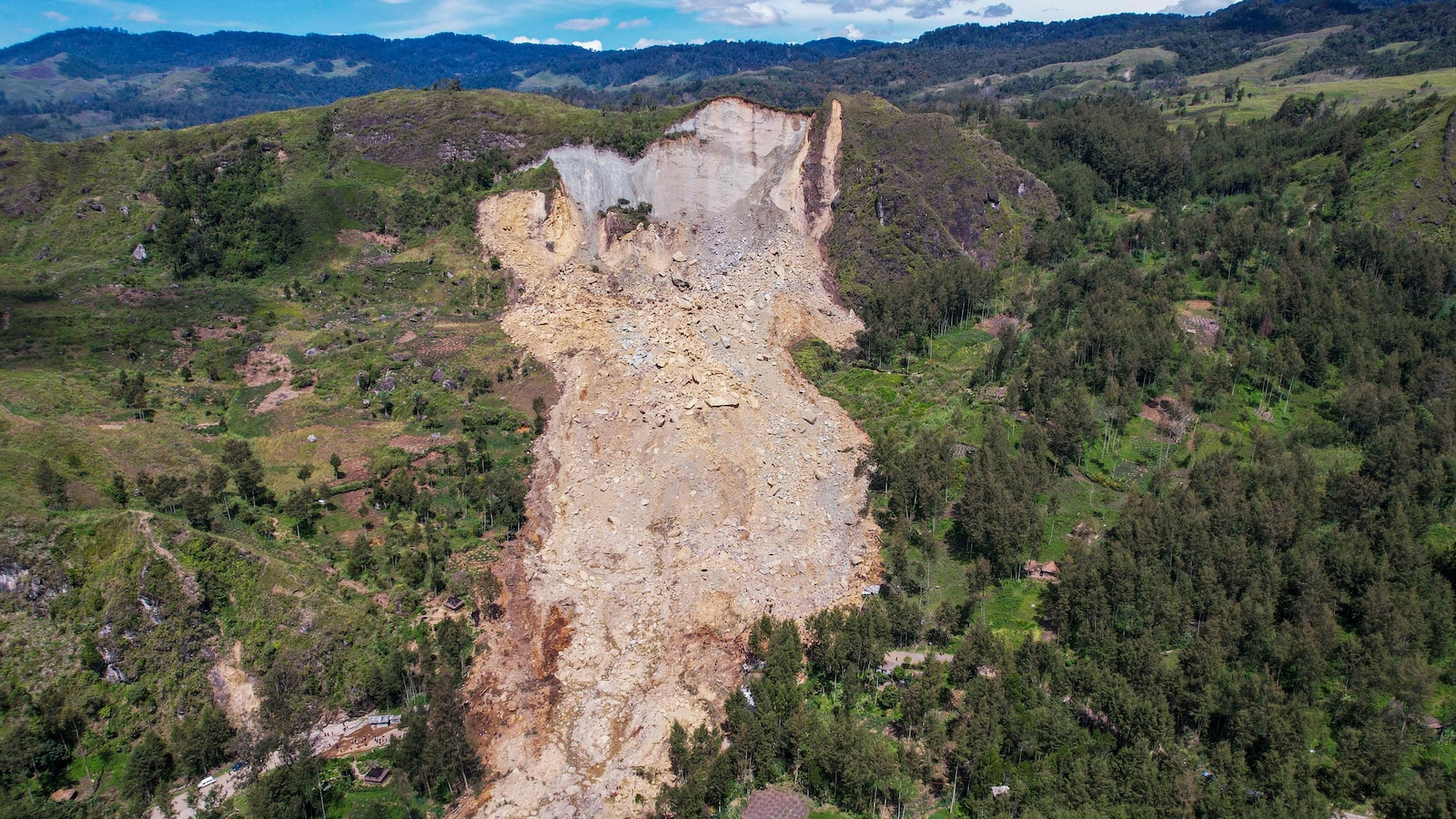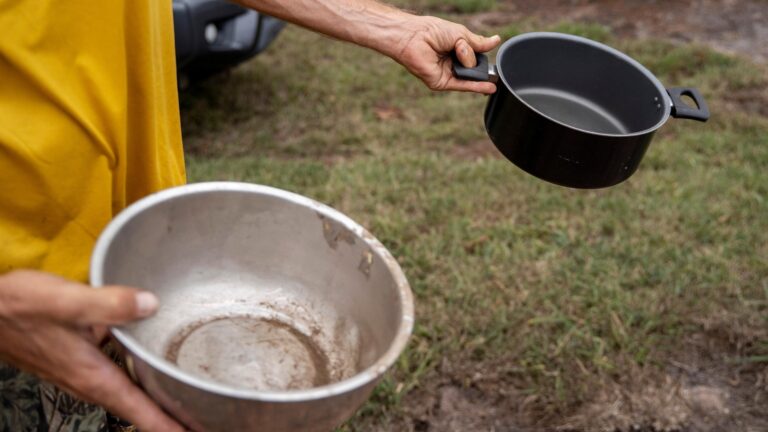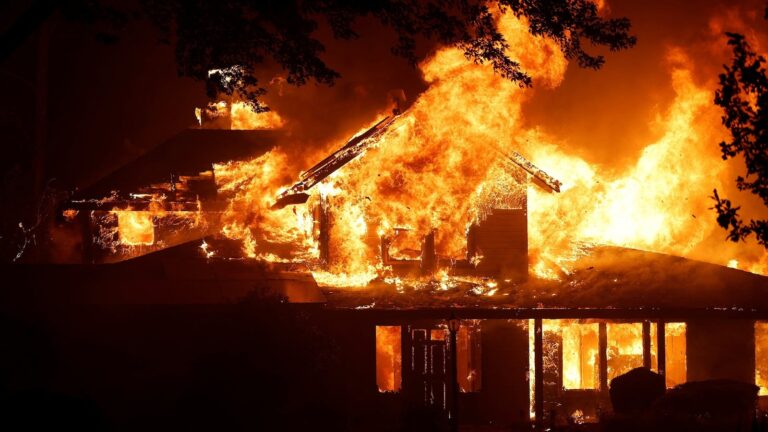Fears rise a second landslide and disease outbreak loom at site of Papua New Guinea disaster
The aftermath of the devastating landslide that struck the village of Hela in Papua New Guinea has left residents and authorities on edge as fears of a second landslide and potential disease outbreak loom over the area.
The initial landslide, which occurred on February 2nd, buried several homes and claimed the lives of at least 15 people. The disaster was triggered by heavy rainfall in the region, causing the unstable ground to give way and sweep away everything in its path. Rescue efforts have been hampered by difficult terrain and bad weather, making it challenging to reach those in need of assistance.
As the cleanup and recovery efforts continue, concerns have been raised about the possibility of a second landslide occurring in the area. The heavy rainfall that caused the initial disaster is still ongoing, increasing the risk of further landslides. Authorities are warning residents to remain vigilant and evacuate the area if necessary to avoid any potential risks.
In addition to the threat of another landslide, the aftermath of the disaster has also raised concerns about a potential disease outbreak. The lack of clean water, sanitation facilities, and proper medical care in the area has left residents vulnerable to waterborne diseases and other health risks. The overcrowded conditions in temporary shelters have also increased the likelihood of the spread of diseases.
Authorities are working to provide aid and support to those affected by the disaster, including the distribution of food, water, and medical supplies. However, the ongoing challenges in reaching remote and inaccessible areas have made it difficult to provide assistance to all those in need.
The situation in Hela is a stark reminder of the vulnerability of communities in Papua New Guinea to natural disasters and the urgent need for better disaster preparedness and response measures. As the region continues to grapple with the aftermath of the landslide, it is crucial that authorities and aid organizations work together to address the immediate needs of those affected and mitigate the risks of further disasters in the future.






